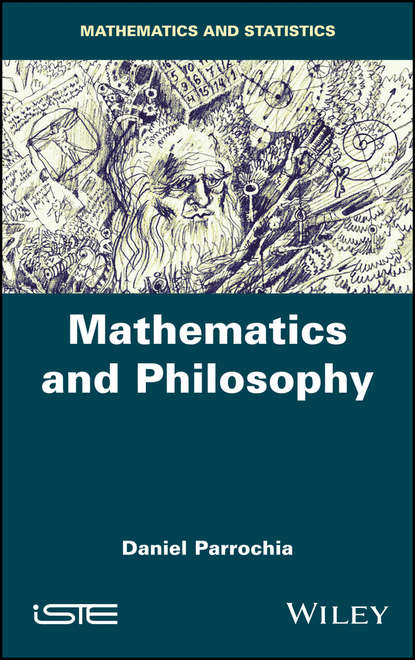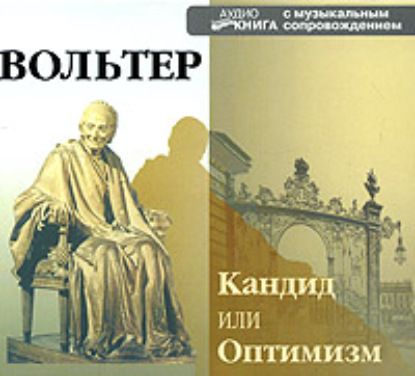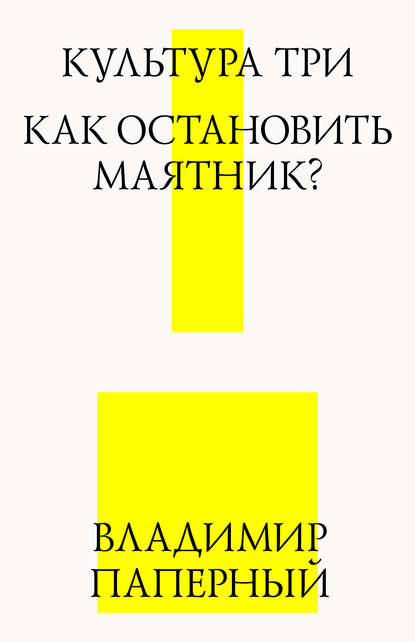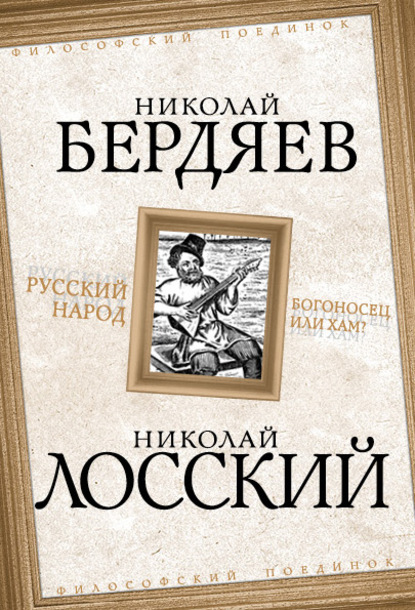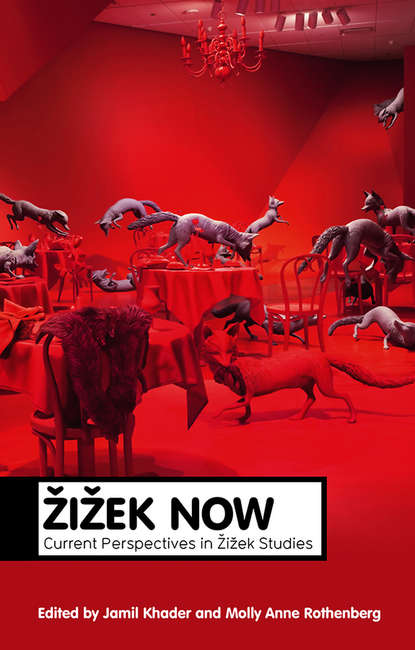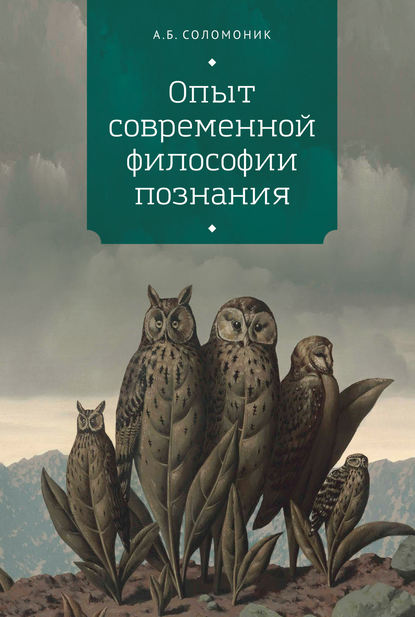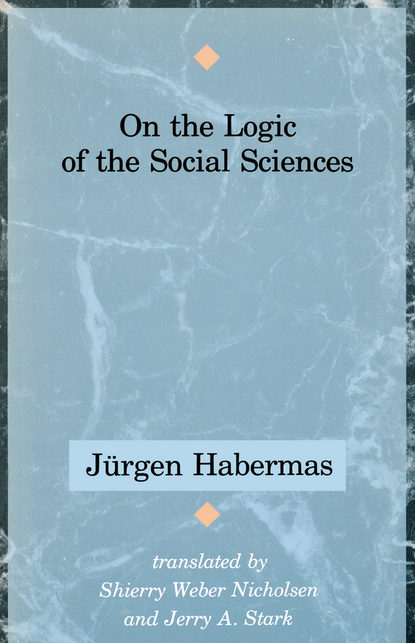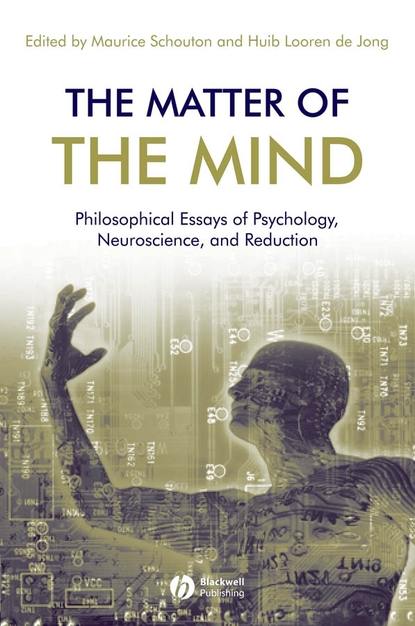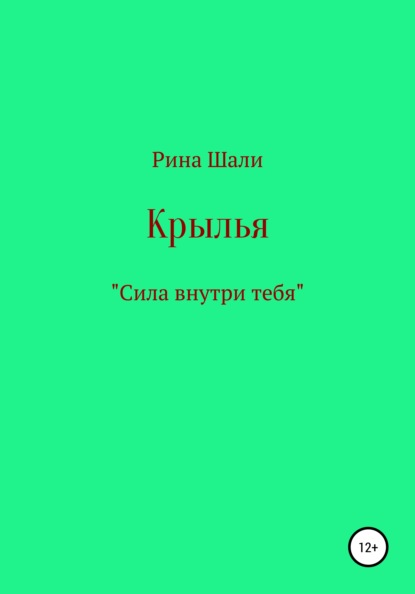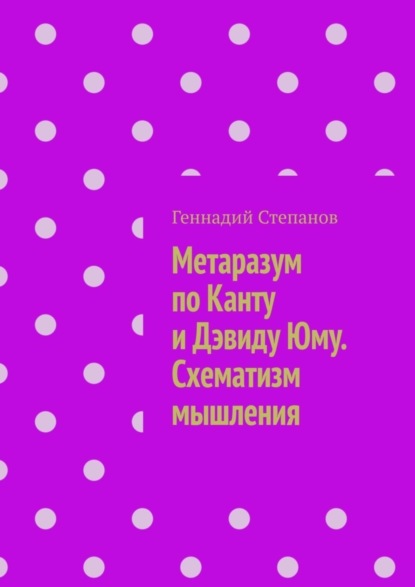"Математика и Философия" - книга, которая изучает связи между математикой и философией, подчеркивая изменение их взаимоотношений со временем. Изначально (в греческой философии) философы также были математиками (геометрами). Их видение мира происходило от их исследований в этой области (рациональных и иррациональных чисел, проблемы удвоения куба, триизведения угла и т.д.). Впоследствии математики освободились от философии (с помощью Анализа, дифференциального исчисления, алгебры, топологии и т.д.), но их исследования продолжали вдохновлять философов (Декарт, Лейбниц, Гегель, Гуссерль и т.д.). Однако, на определенном уровне сложности, сами математики стали философами (движение, которое началось с Вронского и Клиффорда, и продолжается до Гротендика).
This book addresses the intricate relationship between math and philosophy. Here, a look backwards unfolds: the early Greek philosophers, inspired by their research mathematically — rational numbers, irrational, cube duplication, angle trisection — found their way onto the philosophical canvas. And then mathematicians began to pursue their analyses apart from philosophy itself, with formal techniques like calculus, algebra, geometry and topology; examples include Descartes, Isaac Newton, Gottfried Leibniz and David Hilbert. But we have seen a similar movement onwards, within the mathematician community. A line was crossed with the work of Georg Cantor and over the years scholars like Wronsky, Janet, Clifford and, most memorably, Alexander Grothendieck, whose investigations brought mathematical philosophy to life in a way never before seen. This diverse group of contributors aim to explain how, through mathematics, an idea of truth, value or fact can develop. Weaving in illustrations both dialogue and abstraction via case studies, including the stimulus and imagery of computation, all the contributors here aim to open new doors into philosophy and the logic provoking research applicants for industrial scientists, computer scientists and other applied mathematicians.
This book, examining the relationships between mathematics and thinking, sees a reversal. At first, the Greek thinkers were also these mathematicians; their world-view derived from their work in the field. Rational and irrational No wns, the issue of cubical extension, or theta snaring—these are problems that antedate mathematics. Analytic Discoveries, Calculous Invention, Algebrean Formation, Topological Urbanization—all these too belong to mathematical thinking preceding philosophy. But beyond a certain complexity level, even mathematicians have become thinkers - a trajectory that begins in Wronskiant times and finally arrives at Grothendiek.
Электронная Книга «Mathematics and Philosophy» написана автором Группа авторов в году.
Минимальный возраст читателя: 0
Язык: Английский
ISBN: 9781119527794
Описание книги от Группа авторов
This book, which studies the links between mathematics and philosophy, highlights a reversal. Initially, the (Greek) philosophers were also mathematicians (geometers). Their vision of the world stemmed from their research in this field (rational and irrational numbers, problem of duplicating the cube, trisection of the angle…). Subsequently, mathematicians freed themselves from philosophy (with Analysis, differential Calculus, Algebra, Topology, etc.), but their researches continued to inspire philosophers (Descartes, Leibniz, Hegel, Husserl, etc.). However, from a certain level of complexity, the mathematicians themselves became philosophers (a movement that begins with Wronsky and Clifford, and continues until Grothendieck).
